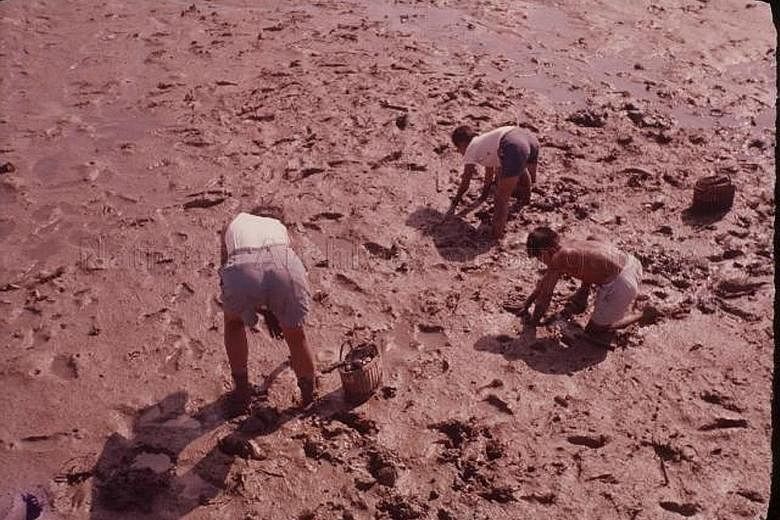The foot of Mount Palmer and the beaches of Sungei Punggol and Amber Road were sites in early Singapore where people were recorded making shallow holes in sand to dig up tiny, edible shellfish.
The cockle industry was relatively big here, noted commodities historian Geoffrey Pakiam, as the shellfish was not only integral to laksa but also an important ingredient for the slaked lime paste used in betel quids.
Already a subscriber? Log in
Read the full story and more at $9.90/month
Get exclusive reports and insights with more than 500 subscriber-only articles every month
ST One Digital
$9.90/month
No contract
ST app access on 1 mobile device
Unlock these benefits
All subscriber-only content on ST app and straitstimes.com
Easy access any time via ST app on 1 mobile device
E-paper with 2-week archive so you won't miss out on content that matters to you


